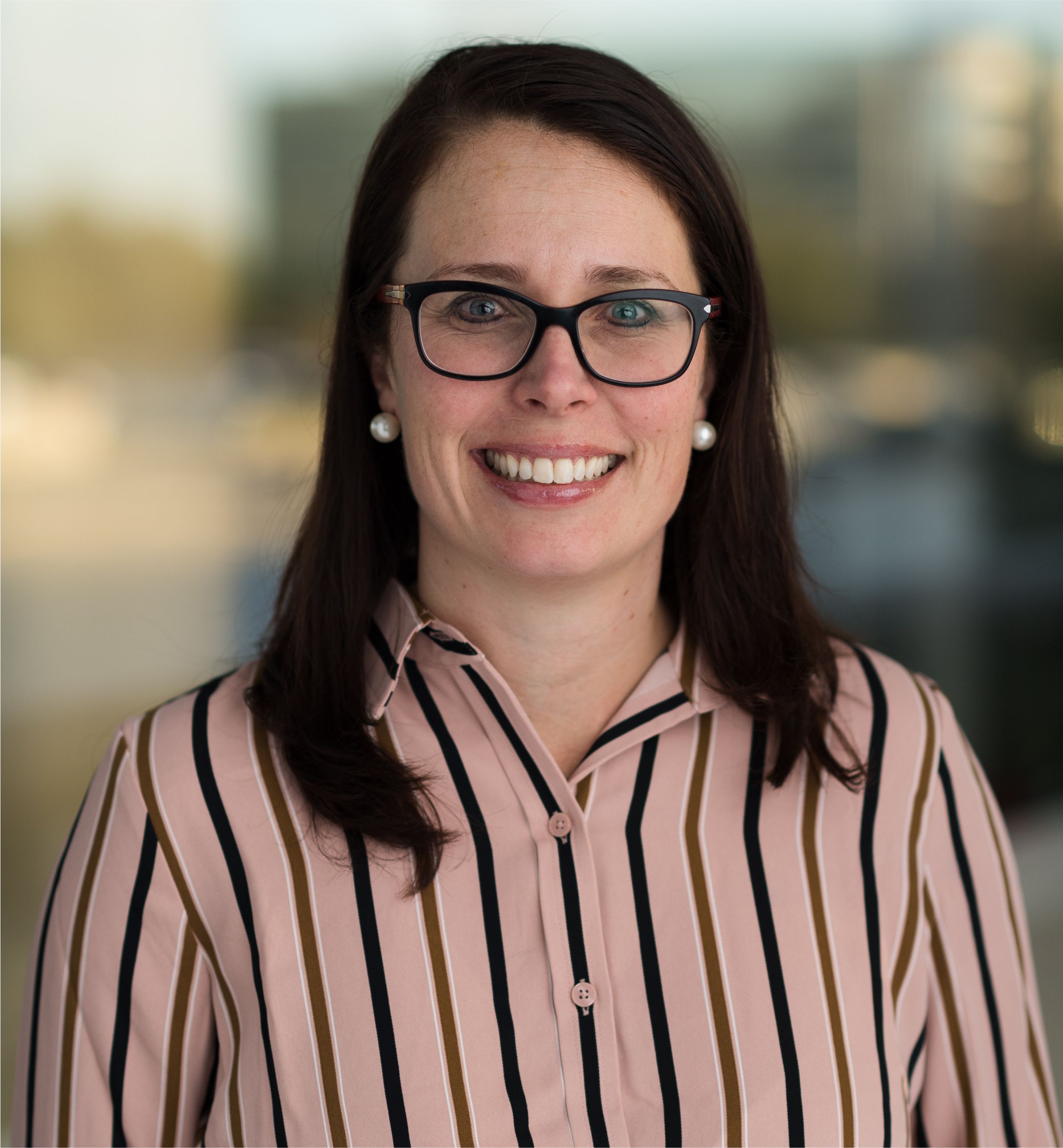- Safety & Recalls
- Regulatory Updates
- Drug Coverage
- COPD
- Cardiovascular
- Obstetrics-Gynecology & Women's Health
- Ophthalmology
- Clinical Pharmacology
- Pediatrics
- Urology
- Pharmacy
- Idiopathic Pulmonary Fibrosis
- Diabetes and Endocrinology
- Allergy, Immunology, and ENT
- Musculoskeletal/Rheumatology
- Respiratory
- Psychiatry and Behavioral Health
- Dermatology
- Oncology
Spending on Specialty Drugs Maintains Double-Digit Growth
PSG’s latest Artemetrx specialty spend report finds that, as with 2020, claim utilization continues to drive the trend.
Specialty drug spending per member per year (PMPY) has increased by 14.2% in 2021 compared with 2020, according to the most recent Artemetrx State of Specialty Spend and Trend Report. Developed by Pharmaceutical Strategies Group (PSG), the sixth-annual report uses integrated pharmacy and medical claims data to provide a view specialty spend and trend.
On a PMPY basis, specialty drug spend across both the medical and pharmacy benefits in 2021 averaged $1,295, an average increase of $161 compared with $1,134 in the prior year. Utilization is driving the specialty trend, executives from PSG said, and they said as new, costly therapies for higher prevalence diseases such as new migraines and asthma are introduced, the double-digit trend will likely continue. Inflammatory conditions remain the top spend category, and Humira is the top drug in terms of overall plan cost.
Renee Rayburg, R.Ph.

“We all worry about the drug costs and how high the drug costs are. But in this case according to our data, utilization is driving the trend more than the cost,” Renee Rayburg, R.Ph., vice president of specialty clinical consulting, said in an interview with Formulary Watch. “It doesn't matter how expensive a drug is if no one's using it, but when people use expensive drugs, then that impacts your overall spend. This report helps identify what is driving the trend, and that can help payers and our clients figure out where they need to start to better manage the spend.”
Going forward, executives with PSG said specialty drug spending increases will remain in the 10% to 15% range, even with increased competition from the seven Humira biosimilars that will be launched in the beginning of 2023.
Libby Johnson

“As we look over the last six years of our data, we see that the specialty landscape continues to change, and the population of the patients using specialty drugs has changed,” Libby Johnson, chief data and analytics officer, said in an interview. “For many years we saw around 1% of the population using specialty drugs; now it’s over 5%. It’s more important now than ever for plan sponsors to manage their population and specialty drug spend.”
Artemetrx analyzed 73.9 million medical claims and 55.1 million pharmacy claims. Each year, the company uses client data for those who allow the use of their data for benchmarking and research. Because of this, prior year data does not necessarily match the costs from the previous report.
Total trend comprises utilization and cost trend components. Utilization trend measures the change in the number of specialty medication claims per member over time. Cost trend measures the rate of change of costs for specialty drug claims per claim over time. PBMs and health plans do not commonly provide NDC-level rebate data. As a result, this report reflects the plan cost before rebates.
The specialty trend was 12.8% in 2019, declined to 11.8% in 2020, and then increased to 14.2% in 2021. The slowing trend in 2020 was likely due to a combination of factors, including deferred care and medication fulfillment during the COVID-19 pandemic, PSG indicated in its report.
But specialty spending varied among the plans in this year’s data set. The plan with the lowest trend saw a 6.7% decline in specialty drug spending, while the plan with the highest trend saw a 23.5% increase. This variation among the plans could be attributed to the level of specialty drug management, drug mix, reimbursement, member demographics, cost containment efforts, and contracting.
This year, 64.5% of specialty spending was through the pharmacy benefit versus was 35.5% in the medical benefit in 2021, down from 37.4% in 2020 and 39.0% in 2019. This shift to pharmacy is driven in part, PSG said, by new medications covered by the pharmacy benefit.
“We are seeing newer and self-administered dosage forms of drugs being approved and those go through the pharmacy benefit,” Rayburg said. “We’ve also seen a lot of expensive oncology drugs enter the pharmacy benefit. This is what’s driving the shift to the pharmacy benefit.”
Going forward, however, Rayburg said expensive gene therapies administered through the medical benefit could impact the spend. “Currently, a lot of the gene cell therapies are very specific and for small populations of people. The expectation is that they will be used by small number of patients.”
She points out the most recent gene therapy approval — Bluebird bio’s Zynteglo (betibeglogene autotemcel) — “has the honor of being the most expensive drug ever FDA approved. The list price is $2.8 million dollars, and that is definitely going to impact trend. But not every health plan or plan sponsor is going to have a patient that will be a candidate for that drug.”
Related: FDA Approves Gene Therapy for Blood Disease
The inflammatory disorder category again ranked first in plan cost, representing 35% of 2021 specialty drug spend, followed by oncology (26%) and multiple sclerosis (7%). In 2021, biosimilar utilization increased overall 12.4% in 2020 to 22.5% in 2021. Humira is the top drug in terms of overall plan cost. But as Humira biosimilars and specialty generics enter the market in 2023, this could shift. With seven Humira biosimilars set to enter the market in 2023, this could have a substantial impact going forward.
“The first impact will, hopefully, be that Humira biosimilars will drive drug spend down because it will create competition in the marketplace,” Rayburg said. “But it’s unclear to know what the strategies will be from the PBMs and how that will play out. Humira will continue to be marketed, and there could be as many as 12 biosimilars that could be available in 2023. We expect that the competition will drive down costs at some point in 2023 and beyond.”
Payers Recognize the Benefits, but Still See Weight Loss Drugs through a Cost Lens
April 12th 2024Jeffrey Casberg, M.S., R.Ph., a senior vice president of clinical pharmacy at IPD Analytics LLC, a drug intelligence firm that advises payers and pharmaceutical companies, talks about how payers are thinking about weight-loss drugs.
